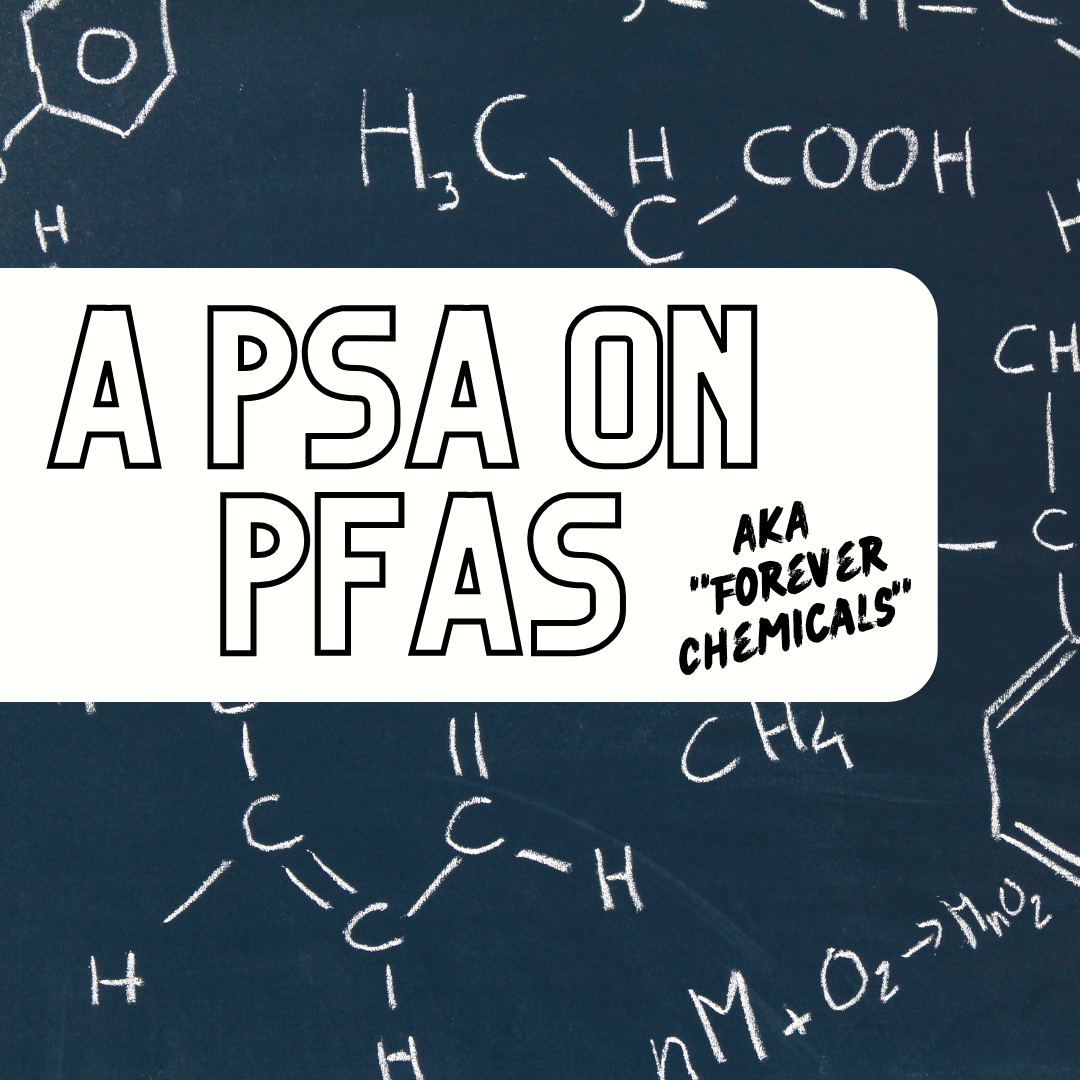
What Are PFAS?
The acronym PFAS stands for PER and POLYFLUOROALKALYL SUBSTANCES and represents a large group of compounds used in non-stick coatings, paper products, firefighting foams, textiles, and other products. These compounds are commonly referred to as “forever chemicals” and help repel oil and water, resist temperature extremes, and reduce friction. The compounds have multiple structures and functional groups and represent approximately 9,000 different formulations. These compounds have been used since the 1940s in everyday materials such as cookware, cosmetics, packaging, and outdoor clothing. They break down far more slowly than other chemicals and trace elements remain throughout the environment. While little cause and effect relationships to and health problems associated with low levels in the environment have been developed, the scientific community is rapidly increasing its concern over environmental and health effects of PFAS.
High concentrations are most commonly recognized with the use of aqueous film forming foams and commercial surfactant solutions used for firefighting in extinguishing hydrocarbon fires. Manufacturers that have been associated with the release of PFAS chemicals into the environment include textiles and leather processing paper mills, metal finishers, wire manufacturers, plating facilities as well as facilities using surfactants resin mold plastics, photo lithography, and semiconductors. Landfills are often recipients of PFAS because they are the ultimate repositories for industrial waste. The more highly contaminated sites have been shown to result in PFAS levels in soils in the 10 to 100 parts per billion, and in groundwater in the range of 10 parts per trillion.
In regards to soil contamination, the greatest concern is that consumers avoid ingesting or breathing in dust from highly contaminated soil. Reports from the EPA have found that composts made from a variety of materials have a range of different contamination levels. The highest concentration of PFAS chemicals were in biosolids, followed by food waste and yard waste. Organic experts along with the EPA assert the major source of PFAS chemicals in compost comes from packaging.
What did PittMoss get Tested?
As a small business, PittMoss could only perform one test at a time, and chose to test it’s core substrate, Grower Grade-F. PittMoss, before we add nutrients and compost, is called Grower Grade-F. PittMoss uses Grower Grade F as main the substrate in it’s retail products, which include added nutrient sources. Additionally, the company sells Grower Grade F to growers and soil manufactures across the country as a peat replacement. Please note- as resources become more available, we plan on testing the suite of PittMoss products.
What are the Results for PittMoss Grower Grade-F?
As part of the goal to make PittMoss potting soils the cleanest and best potting soils an Analysis was performed at GEL Laboratories LLC in Charleston South Carolina. The results of the certified analysis are attached to this document. In testing for 24 of the most prominent PFAS compounds there was no detectable content in PittMoss grower grade F -Therefore, PittMoss Soils can be used with the utmost during cleanliness and consumers can move forward with confidence. PittMoss LLC will continue moving forward using the most carefully selected raw materials and processing ingredients to provide consumers with the cleanest and best possible potting soils. Below you will find a link to review the results in more detail. PittMoss will continue its commitment to sourcing only clean and safe waste streams to manufacture the best potting soil on earth and for the earth! As we continue to grow our research database, we will continue to share those results with you.
CERTIFICATE OF ANALYSIS PFAS GEL LABORATORY

Leave a reply
You must be logged in to post a comment.